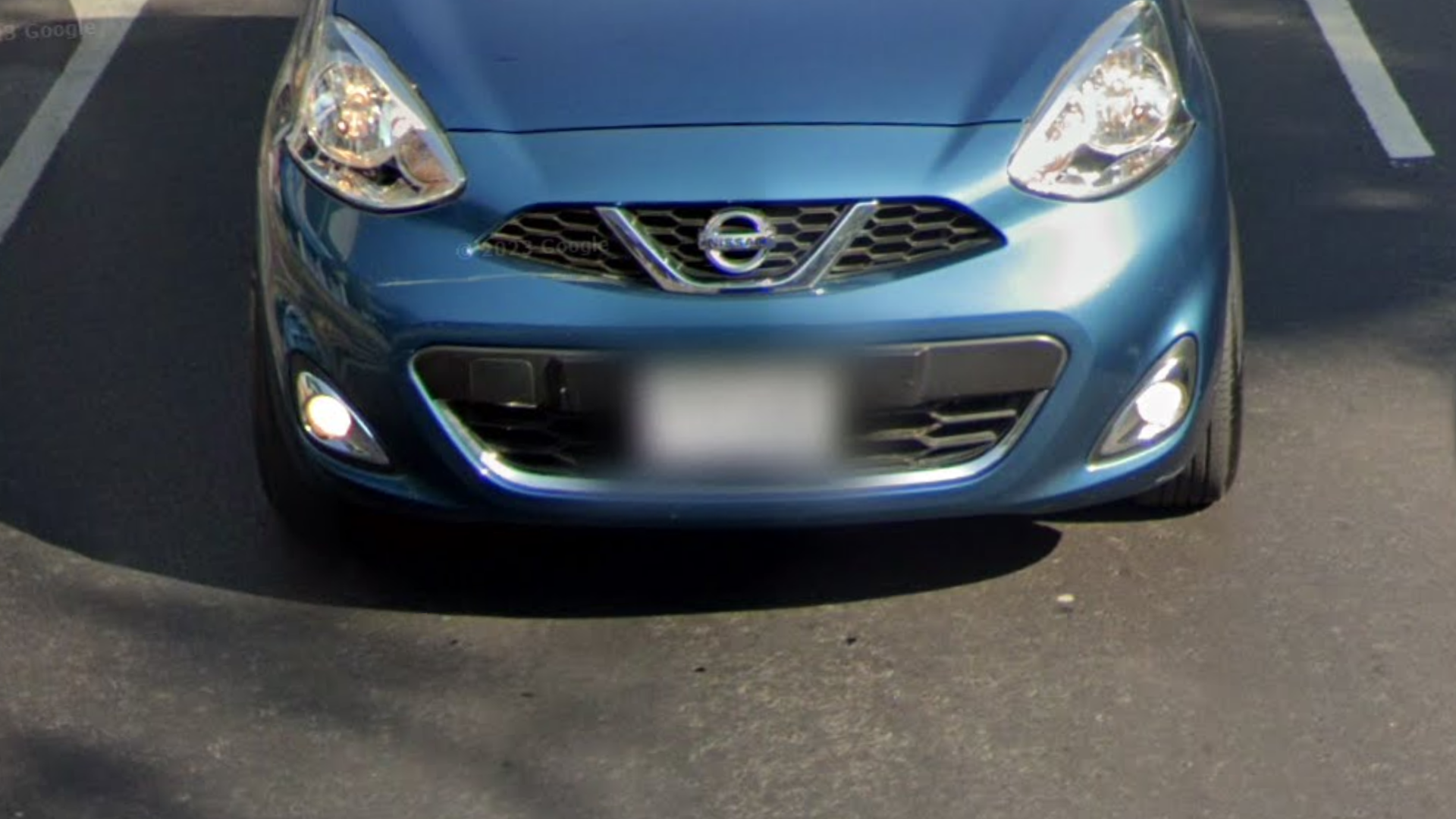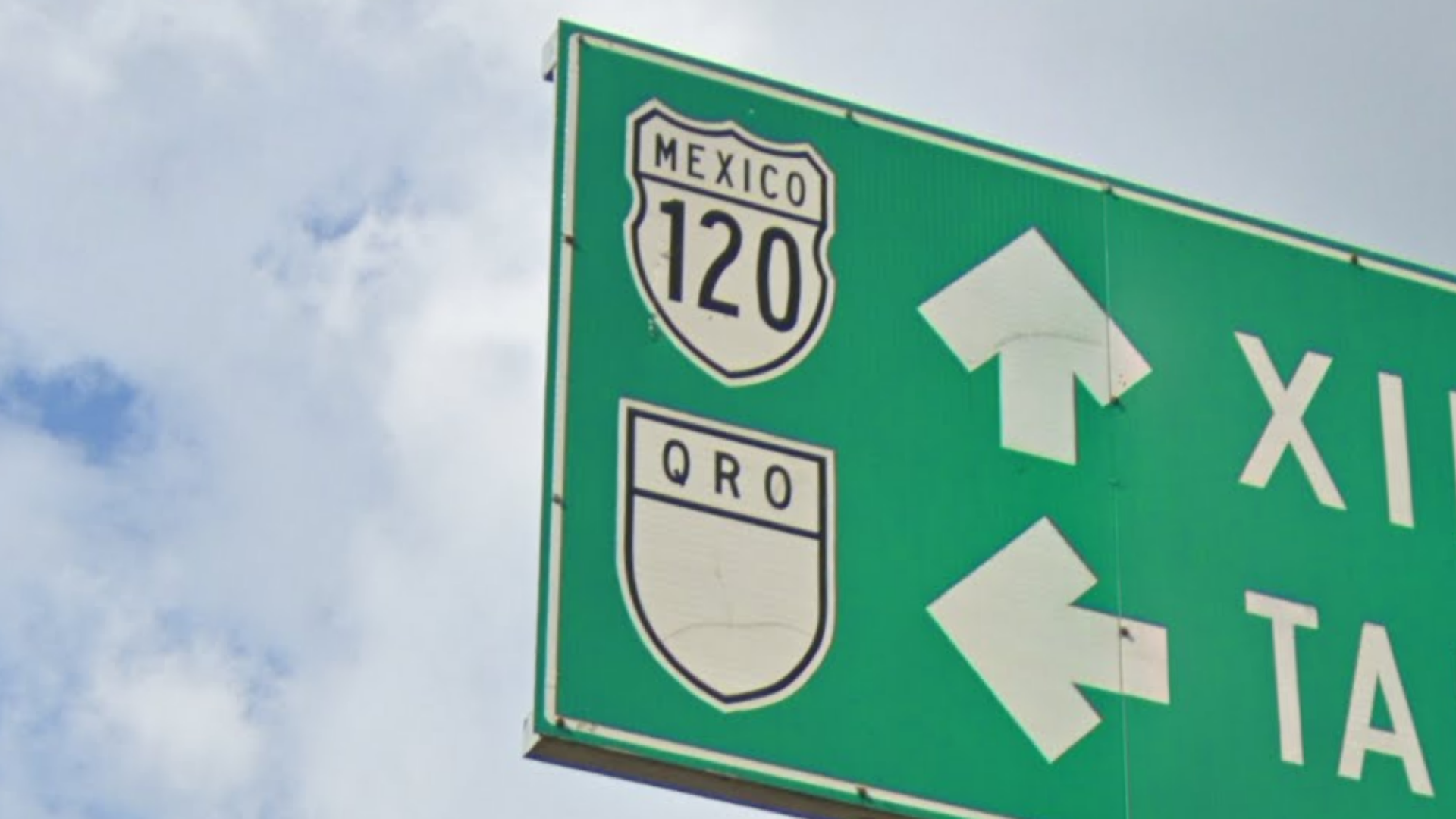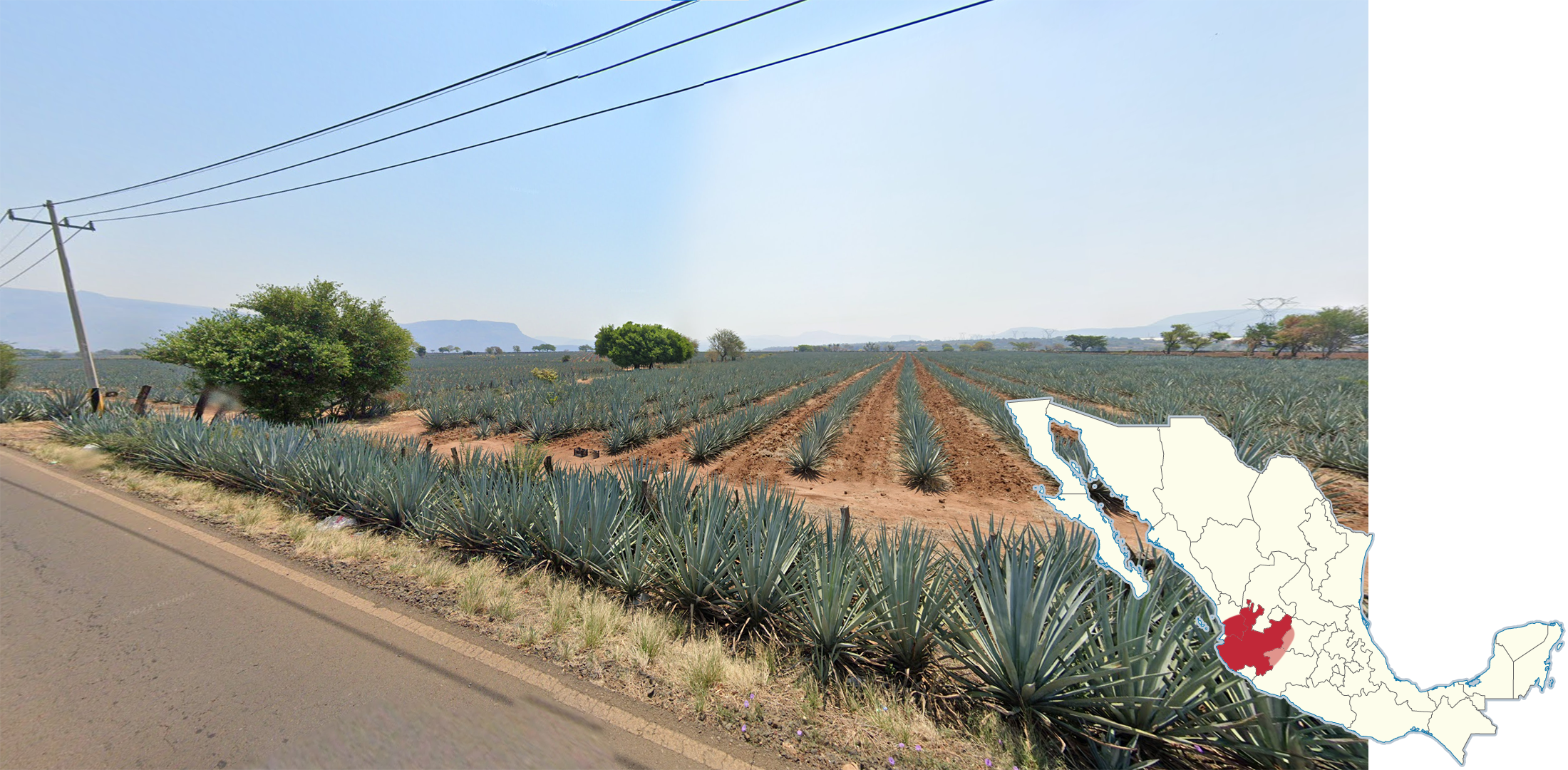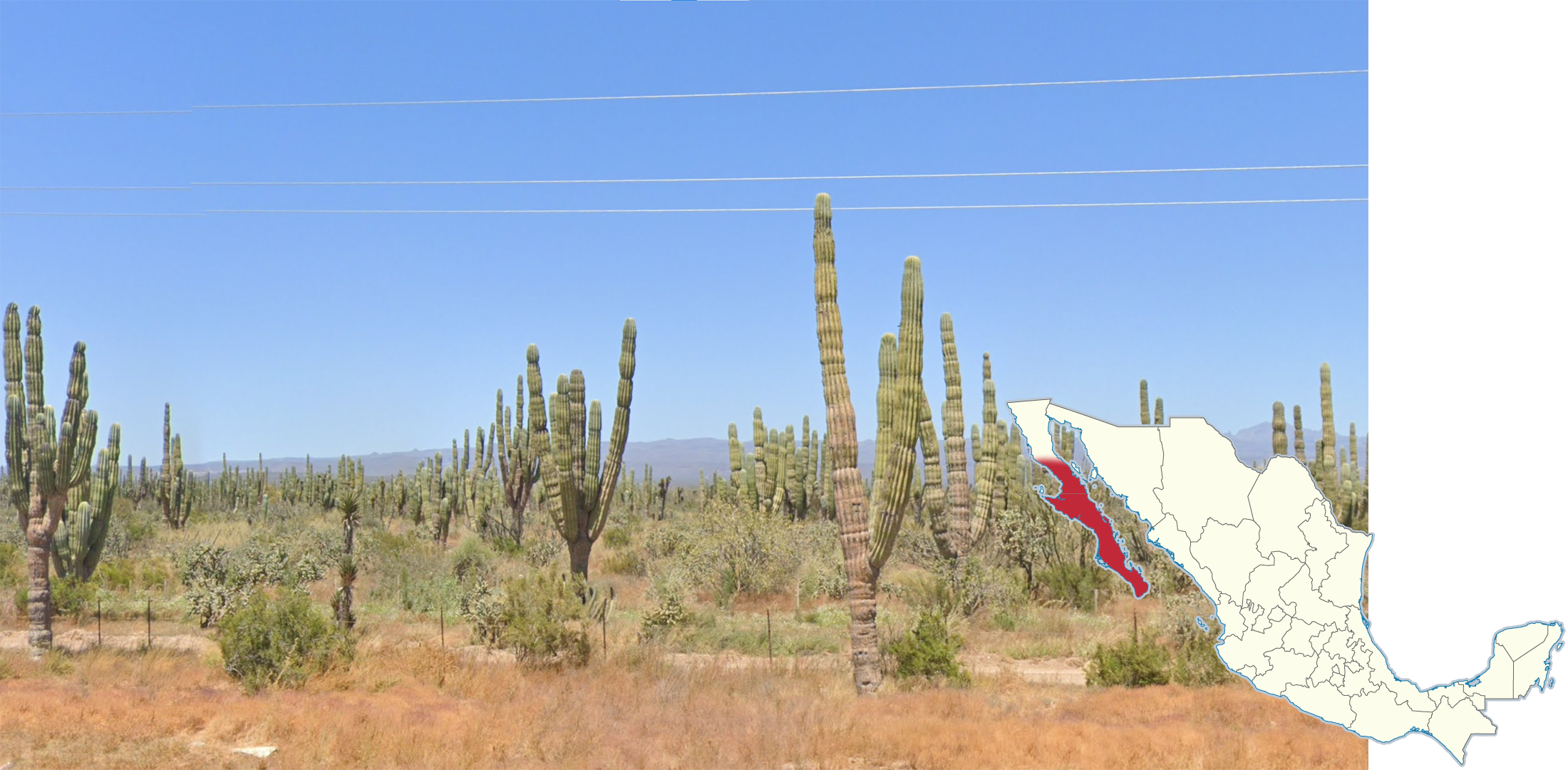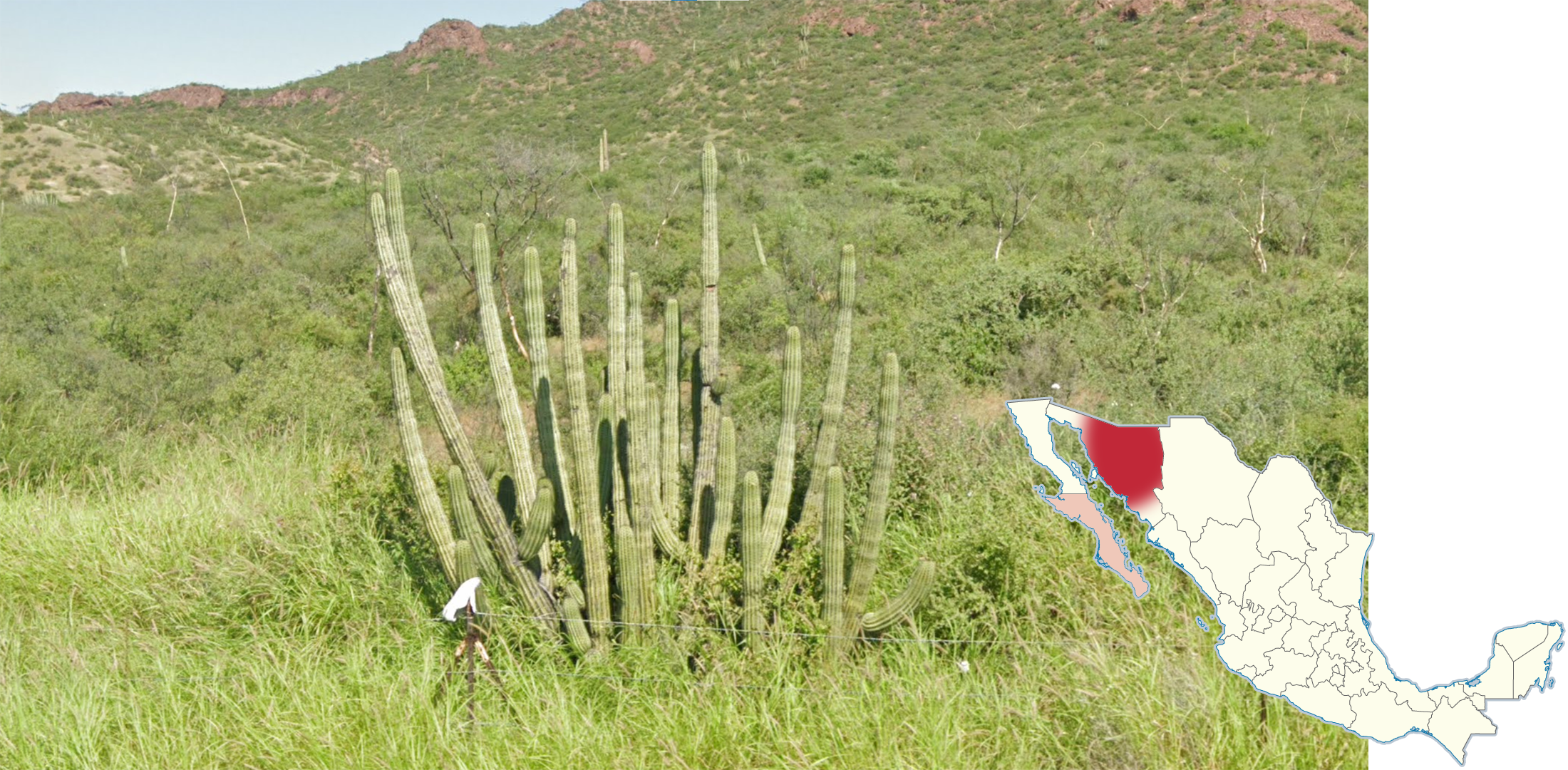
Mexico
OXXO and Pemex are two of the most popular gas station brands in Mexico.
NOTE: While less common, OXXO can still be found in other countries.
Many place names in Mexico are of Nahuatl origin, featuring a lot of ‘x’ and ‘tl’ as well as ‘-ec’ and ‘-tlan’ suffixes.
The Generation 3 coverage in Mexico mainly feature two cars:
A white car with a stubby antenna. There is a diagonal coil wrapped around the antenna.
A white car with a more visible back and a long red brake light instead of an antenna.
It is possible to find a white car without a stubby antenna, but with a tiny sliver visible where the antenna should be.
Similarly, Mexican postal codes can be seen on this map. They will commonly appear at the bottom of street signs, and are ordered alphabetically based on state names.



